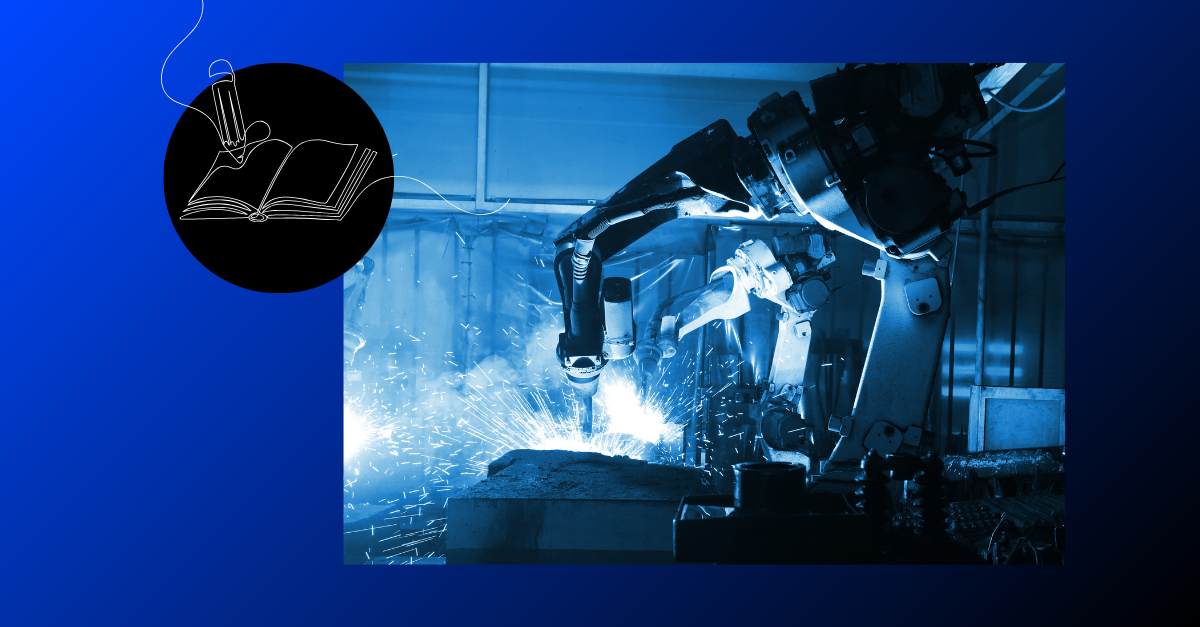Remember when “email marketing” meant blasting the same generic newsletter to your entire list and hoping for the best? Yeah, those days are about as dead as using Internet Explorer to browse the web.
Email marketing is still crushing it as one of the highest-ROI digital channels. We’re talking $36 returned for every dollar spent, according to some studies.
But if you’re still relying on traditional tactics like batch-and-blast campaigns or basic demographic segmentation, you’ll be hard-pressed to reap the rewards of your email efforts.
In 2025, winning email marketers aren’t just using email for nurture sequences. They’re leveraging AI to write smarter emails, target better leads, and scale campaigns without sacrificing that personal touch that makes people want to open your emails.
Let’s dive into what AI email marketing looks like today, which tools are worth your time and budget, and how to leverage AI tactics for scale and high performance.
Contents
- What is AI email marketing?
- How is AI used in email marketing?
- AI email marketing tools
- 7 tips to get more out of AI email marketing
- AI prompts for email marketing
- The future of AI email marketing
What is AI email marketing?
AI email marketing is the use of artificial intelligence to personalize and automate email campaigns in ways that go beyond basic automation rules. With the help of large language models and machine learning, AI can map out customer behavior and dynamically react to deliver the right message at the right time—drastically improving open and click-through rates.
Using AI, email marketers can now generate content and make decisions that would take a human marketer hours or days to figure out. The AI does this in ways that go way beyond basic automation and personalization.
Let’s expand on that a bit.
Automation includes techniques like trigger-based emails, drip campaigns, and user journeys that send emails automatically under certain conditions. A welcome email that sends after you subscribe to a newsletter is an example. So is that “You left something in your cart” email.
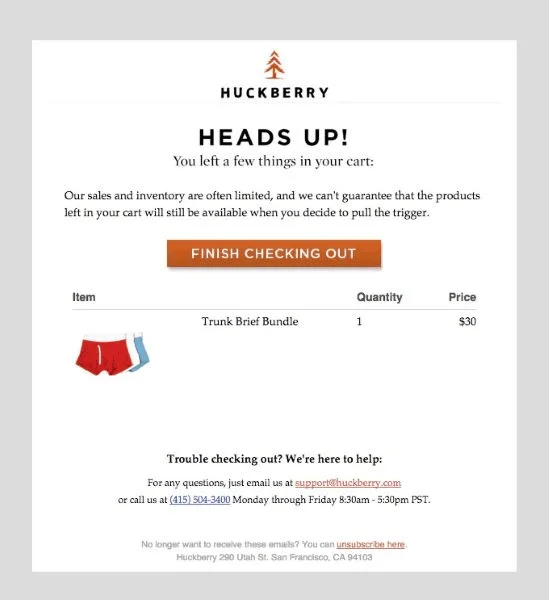
Personalization is the process of adding dynamic content based on information you know about your customers or subscribers. For instance, using someone’s first name, company, or past purchase history to customize campaign messaging.
True AI is a bit different. It learns from the data it collects and optimizes itself over time. Imagine an email campaign that can predict which subject line will perform better for a specific audience segment before you even hit send. Or one that automatically adjusts send times based on individual recipient behavior patterns.
That’s AI-powered email marketing.
🚨 How else can AI help your business? Find out in the Emergency Guide to AI in Marketing
How is AI used in email marketing?
Where can and should AI show up if you’re looking to build out an AI-powered email marketing stack? Honestly, pretty much everywhere. Think:
- Data enrichment and list building: AI can take a basic email address and fill in information like job titles, company size, and buying signals.
- Content generation: AI can create entire email sequences, adapt messaging based on persona, and even adjust tone based on what’s working for similar recipients.
- Segmentation: In place of manual segments based on demographics, AI can identify behavior patterns and create dynamic segments that update in real-time.
- Send-time optimization: AI can analyze when individual recipients are most likely to engage, and schedule emails accordingly.
- Predictive lifecycle modeling: AI can predict where someone is in their buyer journey and automatically adjust messaging and cadence to match their stage and likelihood to convert.

AI makes dynamic email marketing possible for even smaller brands.
Implementing a system that does all of the above is a sophisticated endeavor. But when done right, the result is a campaign that feels less like mass marketing and more like one-to-one conversations, even when you’re sending emails to thousands of people.
AI email marketing tools
Let’s talk about the AI email marketing tools that are actually worth trying. Because while everyone and their mother is slapping “AI-powered” on their email platform, not all AI is created equal.
ActiveCampaign
ActiveCampaign is a marketing automation generalist tool with some handy AI email features to optimize performance. For example, ActiveCampaign’s AI uses predictive sending and smart content recommendations to get the highest open rates.
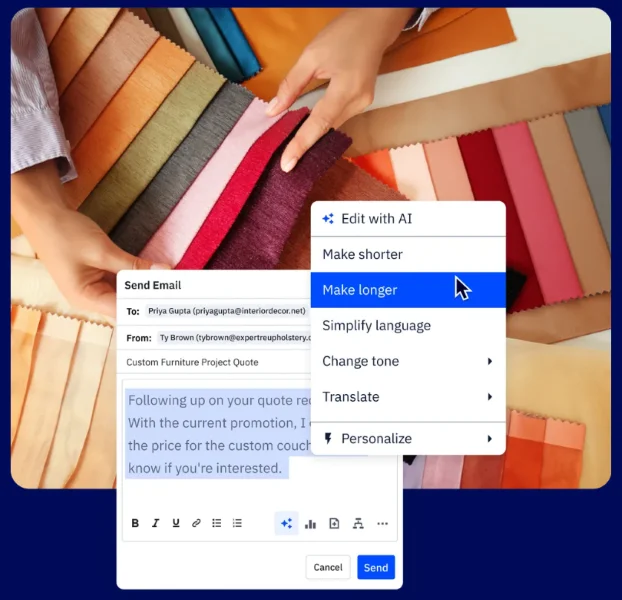
ActiveCampaign uses AI to optimize the content of your marketing emails.
Mailchimp
Mailchimp is one of the pioneer email automation tools. It’s known for being a little more accessible in cost and usability for smaller businesses. Its AI functionality follows that theme by helping growing businesses easily create email automations and even triage a customer list to find those most likely to buy.

Mailchimp’s AI helps small businesses automate email campaigns like their larger counterparts.
Dash by LocaliQ
Dash™ by LocaliQ is an AI-powered lead management tool that includes email automation features. For email, Dash offers AI-generated email templates and automation for outreach, as well as lead scoring and tracking to help guide future email marketing strategies. It also uses AI and automation to help you segment leads and follow up with them faster.
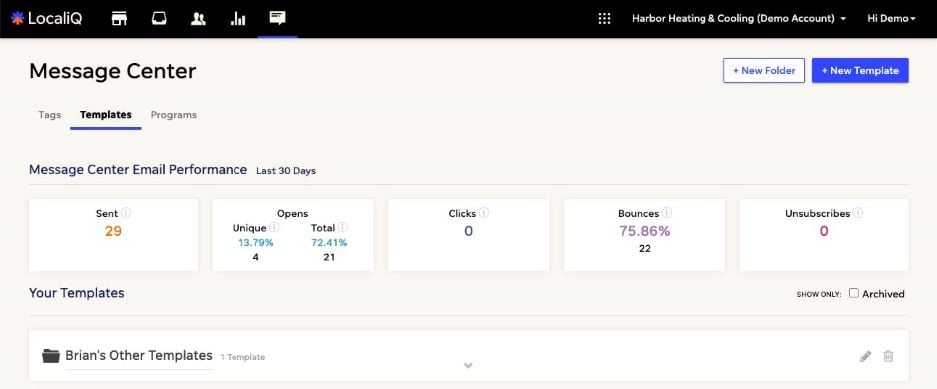
Dash uses AI to summarize and track your marketing email performance.
Phrasee
Phrasee is doing some genuinely impressive work on subject lines and tone optimization. Their AI doesn’t just A/B test different subject lines; it learns what language patterns work for your target audience and generates variations that match your brand voice. I’ve seen clients increase open rates by 20-30% just by letting Phrasee optimize their subject lines for a few months.

Tools like Phrasee help you analyze sentiment and send better subject lines.
Instantly
Instantly is crushing it on the email sequencing side. Their AI can automatically adjust follow-up timing, pause sequences when prospects engage, and even generate personalized icebreakers based on prospect data.

Instantly provides a lot of data as you move through your email cadences.
Instantly is particularly strong for cold outreach campaigns where you need to scale personal touches. So if you have a sales team that relies on making new contacts through email, this is a good AI email tool to consider.
Apollo
Apollo has become the go-to for AI-powered list building. Their database is huge, and their AI can identify lookalike prospects based on your best customers and predict which contacts are most likely to be in-market for your solution.

Apollo excels in helping you expand your email list.
Clay
Clay is where things get really interesting. You can build workflows that start with a basic company list, enrich it with everything from recent funding rounds to technology stack, and then feed that data into adaptive outbound sequences that change based on the enriched data.
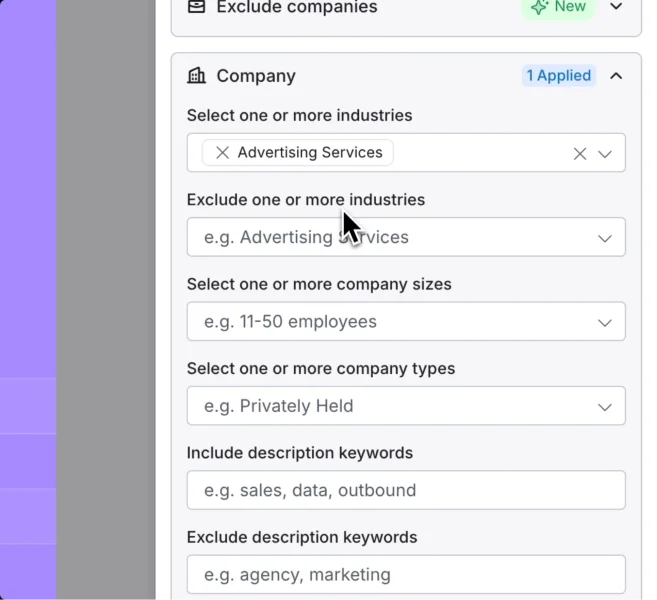
Clay uses AI to help you create complicated email workflows quickly.
ChatGPT
ChatGPT is a Swiss Army knife of an AI tool that has some usefulness in email marketing. The most common application is using it to iterate on email body copy and subject lines quickly.

ChatGPT can be a great email copy sparring partner to help you hone your tone.
The key to getting a good output from ChatGPT, or any AI tool, is the right prompt. I’ll share some great examples to get you started in a bit.
💡 Make email even more effective. Download The Complete Email Marketing Toolkit for free email templates, subject lines, and tips
7 tips to get more out of AI for email marketing
Once you’ve picked the right tool, it’s time to orchestrate your first send. Like with any marketing, it’ll take a little trial and error. Use these tips to start off strong.
- Train AI with your own data: Don’t rely only on generic templates—feed your AI tool past subject lines, customer segments, and performance data so it learns your brand’s voice and audience preferences.
- Set clear goals before using AI: Whether you want higher open rates, more clicks, or reactivating dormant subscribers, giving your AI tool a defined target makes its recommendations more effective.
- Use AI suggestions as a starting point: Treat AI-generated subject lines or email copy as drafts you refine, rather than final versions. This keeps the human touch while saving time.

Add in expert points of view to humanize your AI email content.
- Combine AI personalization with brand guidelines: Make sure dynamic content blocks stay aligned with your brand’s tone and compliance rules so personalization feels authentic, not robotic.
- Test small before scaling: Start with one AI-driven experiment, like send-time optimization or subject line testing, and expand once you see results. This avoids overwhelming your workflow and gives you more easily actionable data.
- Monitor performance regularly: AI isn’t “set it and forget it.” Check metrics like open rates, clicks, and conversions to ensure your tool is adapting correctly to your audience.
- Blend AI insights with human creativity: Use AI to spot trends or recommend ideas, but add context, storytelling, and emotional appeal that only a human marketer can bring.
- Keep data clean and up-to-date: AI performs best with accurate customer information, so regularly update your email lists and remove inactive or invalid contacts.
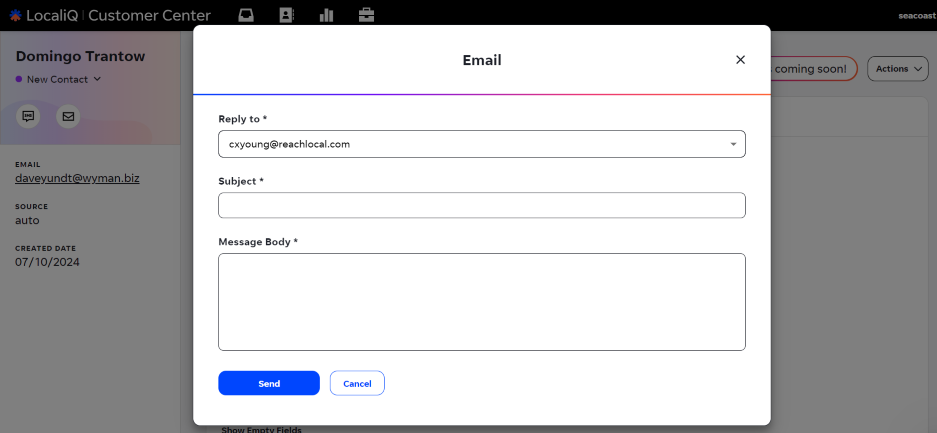
Clean data fuels good AI text and automation.
AI prompts for email marketing
If you’re using a tool like ChatGPT or Perplexity to help with some aspects of your email marketing, you’ll need to use the right prompts. Here are some to try:
- Give me ideas for newsletter copy that’s around 300 words long and features these five recent company updates [List the updates].
- Brainstorm 10 subject lines for a newsletter that covers [topic] for [business] that will be sent to [describe audience]. Include emojis in three of the options and puns in three of the options.
- Pretend you’re an email marketer for [business] and you want to promote [event, like a seasonal sale]. Your business’s three value propositions are [e.g., fast service, all-natural products, etc.]. Write the email copy and three variations of a subject line for this promotion.
- Give me five options for calls to action for a marketing email. The goal is to get more people to [list an action like download a report or register for a webinar]. Make them creative, five words or fewer, and value-focused
- Create a three-email nurture cadence to send after someone completes a demo of [your product]. One should go out immediately. The next two days later. And the third one week later. Emphasize the value of our product and offer [a benefit like a 10% discount] if they order within two weeks.
- Tell me some ways I can personalize this promotional email, assuming the audience is [describe the audience]
- Create a newsletter outline I can use for my monthly newsletter. It’s for [audience description] in [industry].
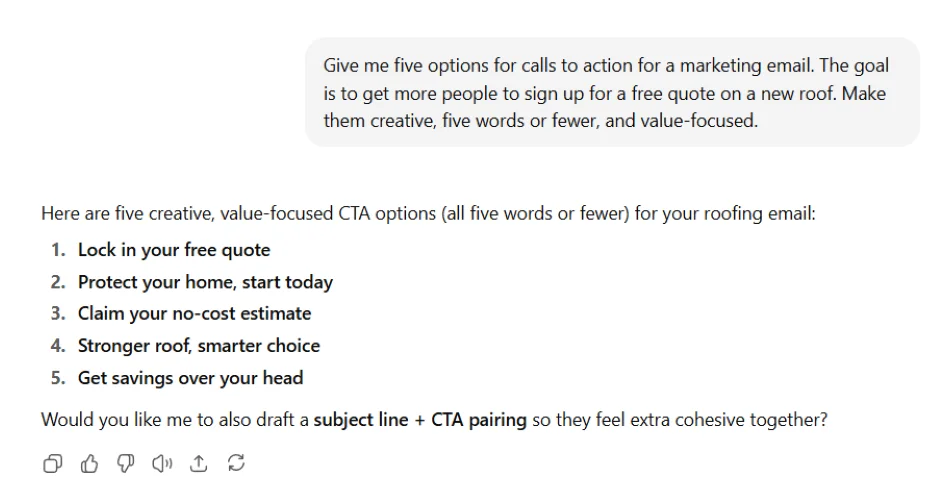
The future of AI email marketing
Let’s talk about where this is all heading, because the pace of change in AI email marketing is absolutely wild right now.
First, it’s fairly obvious that AI-generated content is going to get significantly better. But so are the filters designed to detect it. We’re already seeing major email providers getting more sophisticated at identifying AI-generated content, which means the bar for quality is only going to get higher. The winners will be marketers who can use AI to enhance human creativity, not replace it entirely.
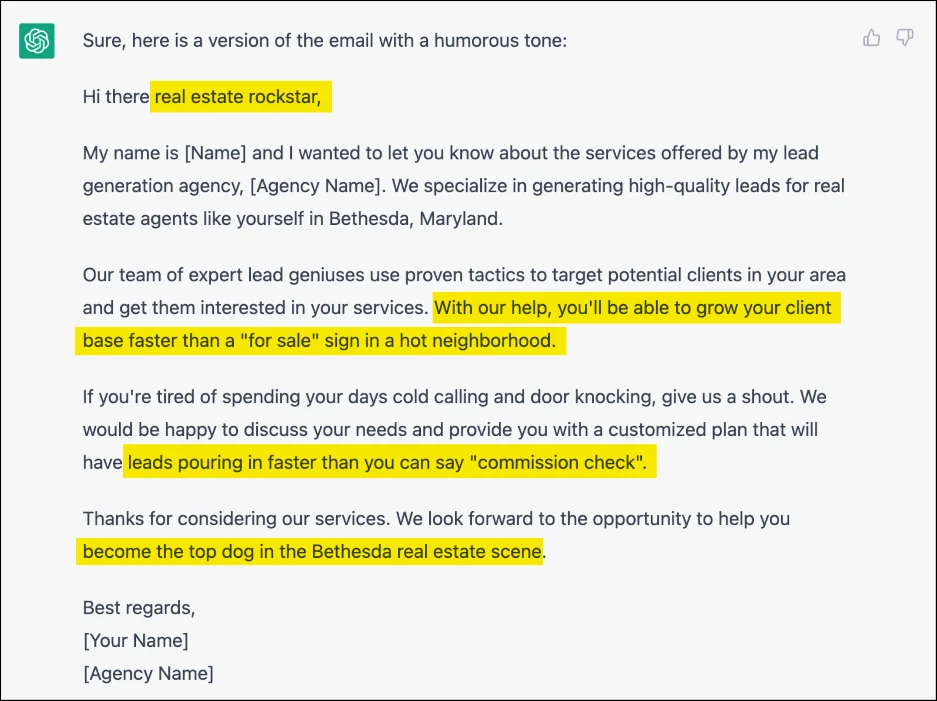
AI is good, but still requires strong prompts and human oversight to be truly personalized.
Also, email is becoming more adaptive and contextual. In the next few years, we’ll see emails that change content based on when and where they’re opened, what device is being used, and even real-time data about the recipient’s company or industry. Imagine an email that automatically updates pricing based on the prospect’s company size or includes different case studies based on their industry. Yeah. That’s coming.
I also think that the line between cold outreach and demand generation will continue to blur. AI is making it possible to send highly personalized, value-driven emails at scale, which means cold outreach is starting to feel more like inbound marketing. Prospects are getting emails that feel like content they would have subscribed to receive.
The bottom line is that marketers who can pair AI with human insight will absolutely crush those who are still stuck in the batch-and-blast era.
Scale your AI email marketing systems, scale your revenue
AI isn’t a replacement for good email marketing. But it is rocket fuel. When used strategically, it turns email from a static broadcast channel into a living system that gets better every single week.
Pro tip: You don’t need to implement everything at once. Start small. Pick one area where AI can solve a real bottleneck in your current process. Maybe it’s enriching your prospect lists, or maybe it’s optimizing your subject lines. Focus on proving ROI in one area before expanding to others.





